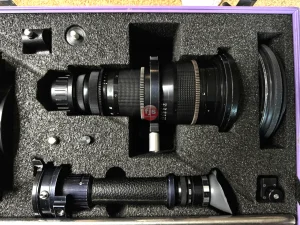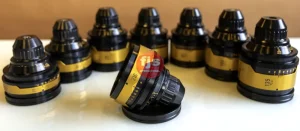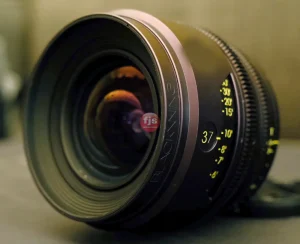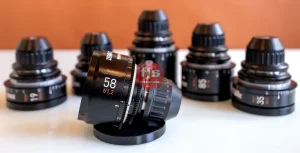Introduction:
Image stabilization technology has become an essential feature in modern cameras and smartphones, enabling users to capture clear and steady images even in challenging conditions. There are two main types of image stabilization systems: electronic image stabilization (EIS) and mechanical image stabilization (MIS). While both techniques aim to reduce the effects of camera shake, they differ in their approach and effectiveness. In this post, we will explore the differences between electronic image stabilization and mechanical image stabilization, providing a comprehensive understanding of these two technologies.
- What is electronic image stabilization?
Electronic image stabilization (EIS) is a software-based technique used to minimize the appearance of camera shake in captured images or videos. EIS relies on the camera’s sensor and advanced algorithms to compensate for unwanted movements during image capture. It analyzes the video frames or image data and makes real-time adjustments to counteract any shaking or motion. By digitally cropping and repositioning the image, EIS effectively stabilizes the footage. - What is mechanical image stabilization?
Mechanical image stabilization (MIS), also known as optical image stabilization (OIS), utilizes physical components within the camera lens or sensor to counteract camera shake. This technique involves the use of gyroscopes, accelerometers, or other motion sensors to detect any movements and then physically adjusts the lens or sensor to compensate for the shake. This physical movement allows the camera to capture a sharper and more stable image. - Differences between electronic image stabilization and mechanical image stabilization:
a. Approach: EIS relies on software algorithms to digitally stabilize the image, while MIS employs physical components to mechanically stabilize the camera.
b. Effectiveness: MIS generally provides better stabilization results than EIS, as it can compensate for larger and more abrupt camera movements. EIS, on the other hand, works well for minor shakes but may struggle to stabilize videos with significant motion.
c. Image Quality: Since EIS involves cropping and repositioning the image, there may be a slight reduction in the overall image quality. MIS, however, does not alter the image composition and thus maintains the original quality.
d. Power Consumption: EIS consumes less power compared to MIS, as it primarily relies on processing power rather than physical movement. This can be beneficial for devices with limited battery life. - Examples of electronic image stabilization and mechanical image stabilization:
a. Electronic Image Stabilization: Many smartphones, action cameras, and compact digital cameras utilize EIS. These devices use advanced software algorithms to stabilize videos and images, allowing users to capture smooth footage even when shooting on the move.
b. Mechanical Image Stabilization: DSLR cameras, mirrorless cameras, and some high-end smartphones employ MIS/OIS. These devices incorporate physical components within the lens or sensor mechanism, enabling them to compensate for camera shake and deliver clearer and sharper images.
Conclusion:
In conclusion, both electronic image stabilization (EIS) and mechanical image stabilization (MIS) serve the purpose of minimizing camera shake. While EIS relies on software algorithms to digitally stabilize the image, MIS utilizes physical components to mechanically stabilize the camera. While MIS generally offers better stabilization results and maintains image quality, EIS is more power-efficient and widely used in smaller devices. Understanding the differences between these two technologies can help photographers and videographers choose the most suitable stabilization system for their specific needs.









